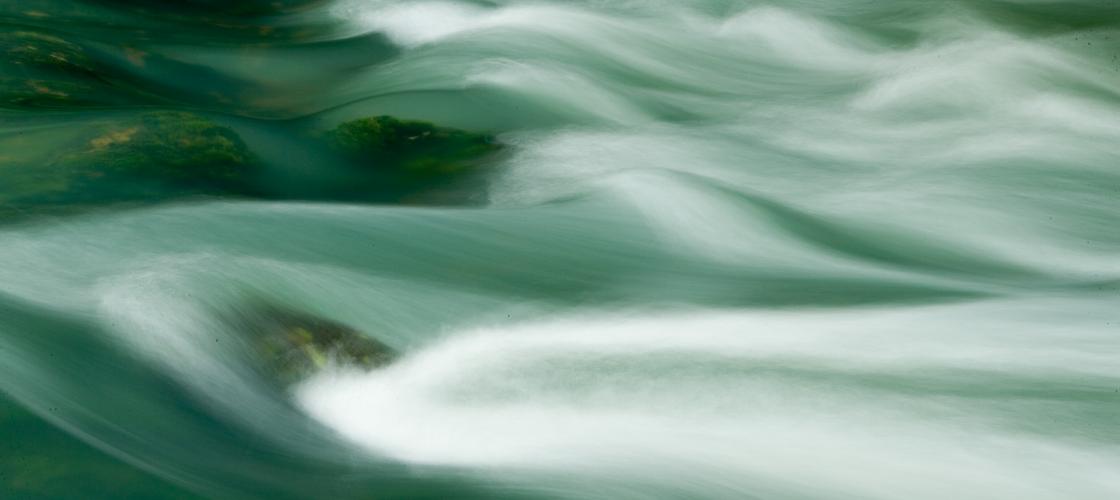This week, in honor of Independence Day, we celebrate red, white and blue in nature.
Cardinal redbirds are seen all year, cardinal flowers bloom a fiery red in late summer, and attract hummingbirds, butterflies and humans. These native plants are often found near water. Some crayfish sport bright red hues.
American white pelicans are a massive bird with a snowy white body. These ancient looking flyers will arrive in wetlands in August. The bald eagle is our patriotic symbol. Adults sport the familiar, white-feathered head.
Blue is a rarer color in nature, not easily produced. Missouri's state bird, the bluebird, is one of our showiest blues. The deep waters of many springs provide a blue hue along with natural cooling on hot summer days. If you've never been to a natural spring, summer is a great time to visit. Blue catfish and bluegill are popular summer fish.
And showing off red, white and blue in its head and neck is the wild turkey. Fitting colors for an animal that Benjamin Franklin had proposed to be our national symbol. He thought the turkey more dignified than the scavenging eagle.
You can celebrate this year’s 4th of July by seeing how many things in nature you can spot that are red, white and blue. And scroll through the pictures and watch the video to get you inspired.
Our National Bird
- As a cherished U.S. national symbol, the bald eagle’s cultural value is hard to estimate. In some Native American cultures, bald eagles are held sacred, and their feathers are important symbols.
- Humans played a large role in the decline of eagles in the 1900s. These birds were shot, trapped, and poisoned, and they also declined as a result of pesticide-related nesting failures. But humans have also enabled their population comeback, enacting laws to ban the most troublesome pesticides and protecting them from persecution.
- They lose nesting, hunting, and roosting habitat because of shoreline development.
- In Missouri, bald eagles are usually observed statewide near lakes, rivers, and marshes, particularly during the winter.
- Though bald eagles have made a dramatic comeback on our continent, their presence is still vulnerable within our state, and they remain a Species of Conservation Concern.
For more on the bald eagle, visit MDC’s Field Guide.








Recent Posts
























